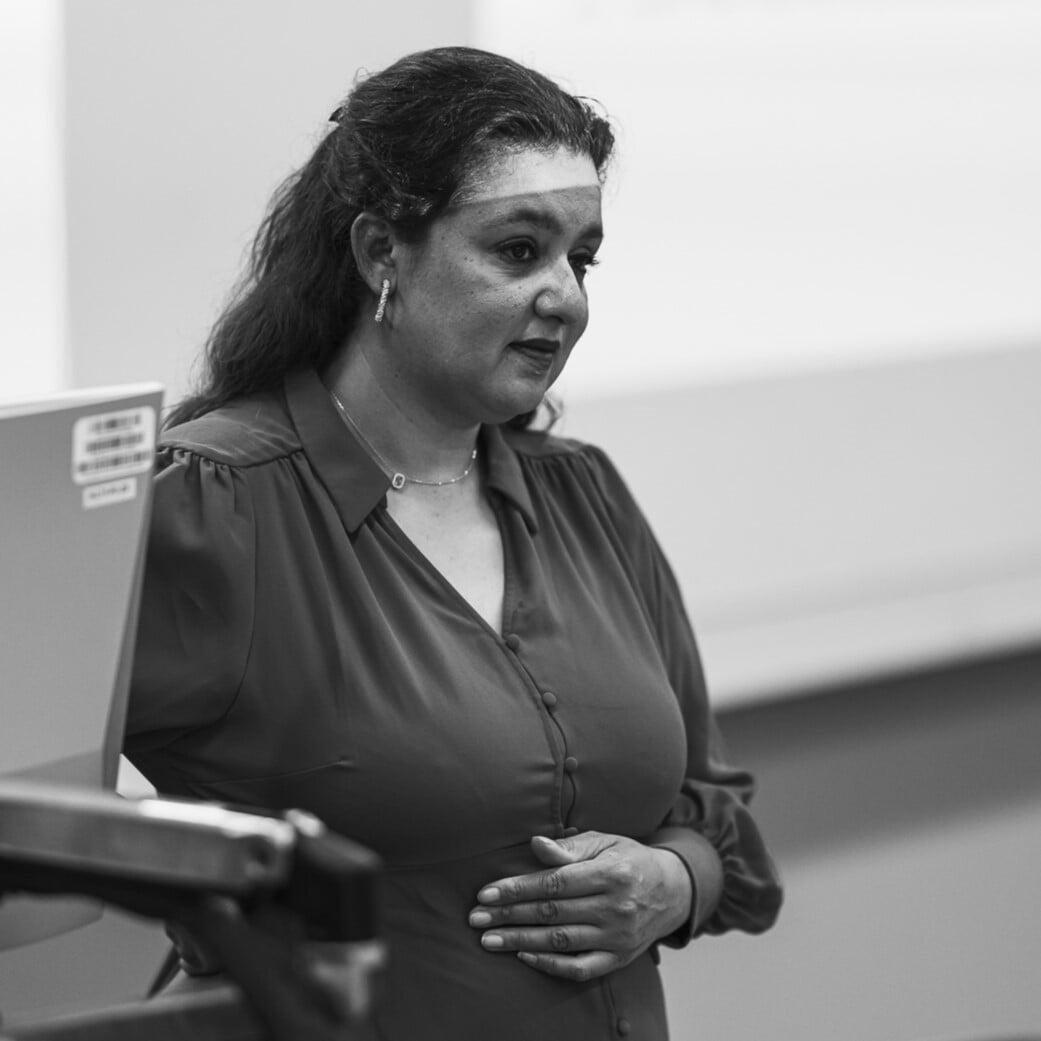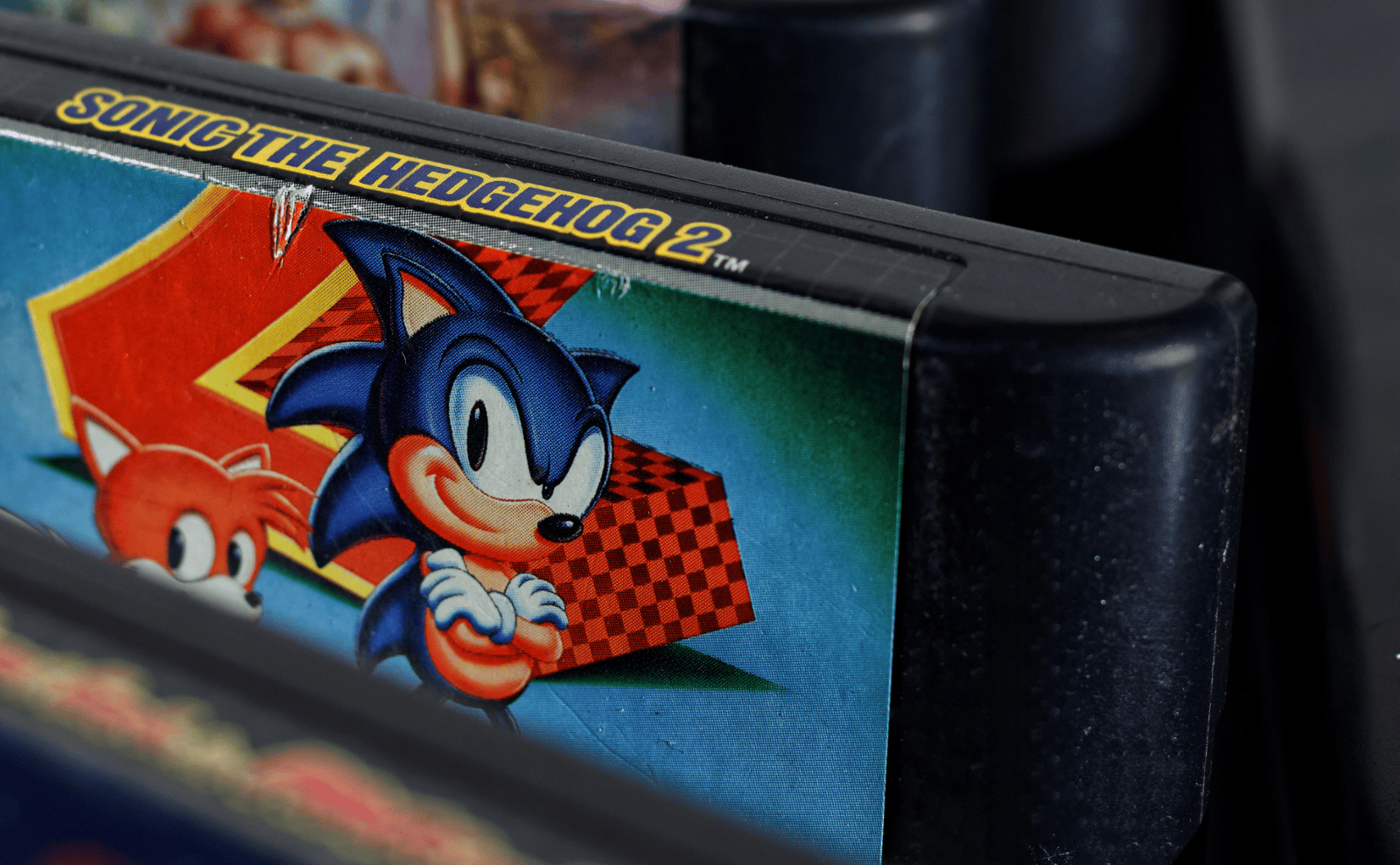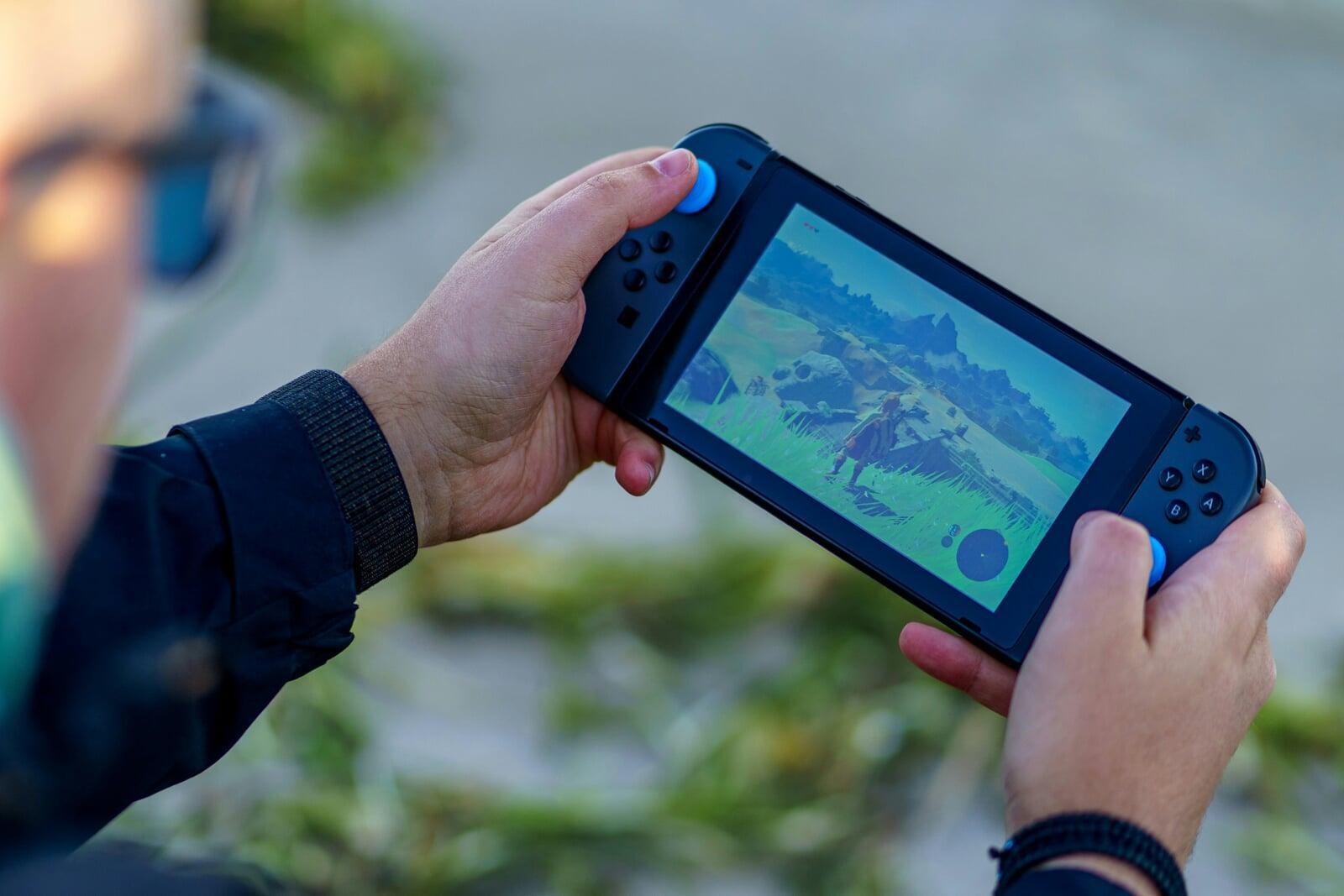Each month, Digital Schoolhouse welcomes you to The Playful Classroom,
where we'll explore the challenges and opportunities shaping computing education today.

Shahneila Saeed is Head of Education at Ukie and the Director of Digital Schoolhouse. She served as Head of Computing at an Inner London school for over 15 years before joining Ukie, where she spearheaded the creation of the Digital Schoolhouse Programme.
She is a prolific author, having penned books like "Hacking the Curriculum: Creative Computing & the Power of Play", "How to Raise a Tech Genius" and the forthcoming “Max Computing” series. She actively contributes to the field as a board member, trustee, and advisor for organisations including NCCE, Digit<all>, and Into Games.
Last month I talked about why play was important, but when someone has a nice idea about education, the teacher in me is always saying "That's all very good, but how do I actually apply that to my teaching day-to-day?"
So today I am going to endeavour to answer that question. How do we embed play into our teaching? And what lessons can we learn from the video games children play to keep our pupils entertained and engaged?

Gamification or Play: What’s the difference?
When this subject is brought up there are a lot of phrases that people bounce around, without clearly defining what they are or what they mean to teaching. So, to start, let's nail down what the three main different ones mean:
Play-Based Learning - Refers to learners constructing knowledge as they explore, experiment, discover and solve problems in playful and unique ways.
Game-Based Learning - Refers to using games (including video games) to support teaching and learning.
Gamification - This is about using ‘elements’ derived from video game design, which are then deployed in a variety of contexts, rather than about using individual video games.
Each can be a powerful tool in any classroom, whether used in combination or with each other, however, each has different ways they engage and educate:
Play-based Learning uses the power of play to teach. Video games may feature as part of this, though it has a much broader application than that. For example, I have previously taught programming through dance, and I've 'built' a computer in my classroom using pupils as components, the possibilities are endless and any teacher knows, that if you make learning fun and playful, engagement and retention of knowledge improve exponentially.
In my opinion, Play-Based Learning sits in a broader space than Game-Based Learning; which might indeed be seen as a form of Play-Based Learning. So what is Game-Based Learning?
Game-Based Learning simulates real-world environments, adding context for pupils and naturally requiring them to engage in problem-solving. We all know that games resonate with children and are a contextual hub for learning, after all, who hasn’t learnt a decent amount about budgeting from playing Monopoly? Playing a game requires problem-solving, decision-making, intuitive learning, trial and error, logic, analysis, management, communication, risk-taking, planning, resource management and computational thinking. Not a bad list eh? If you could fit all of that learning into an hour at school you would be delighted, games do that and have children begging to play them all over again. Video games are a broad canvas across which pupils can learn a huge range of skills. Games like Minecraft stimulate the imagination and naturally promote creativity, curiosity, learning, concentration and community. Games also give the player continuous assessment and allow failure in a safe environment – and who would not rather that than a spelling or maths test where everyone is checking if you passed or not?
Gamification aims to bring game-mechanic style elements into the classroom. This can include things such as ‘scoring to level up’. No actual games have to be played for gamification to be utilised, for example, apps like Class Dojo can be used to gamify behaviour management, getting pupils to win and lose points based on their choices.

Play versus Gamification – what makes them tick?
Another powerful way to look at how these can be applied to lessons is by looking at the motivations that they use to drive learners. Whereas Play-Based Learning uses your internal instincts for curiosity, playfulness and imagination, Gamification uses external rewards and triggers. Gamification when done well can really work as a method of engaging children with their learning. However, the danger with gamification is that people can apply the mechanics without the supporting narrative and context. this way, it becomes somewhat 'artificial' and as it is a method that lies on extrinsic motivation, before long the students see through it and motivation and engagement levels can drop.

Why are games so powerful?
We have all heard people say it. We may have even said it sometimes in our more frustrated moments, “All kids want to do these days is play video games.” What we should be asking is “Why? What draws children to them? What keeps them motivated to play and get better at them?”
Video games use Play-Based Learning, Game-Based Learning and Gamification to make learning their game and applying those learnt skills as engaging and joyful an experience as possible. They have made learning into play. And surely that is a lesson we can learn as teachers.
Video games combine a huge raft of factors to create engaging and captivating experiences that can be a powerful medium for learning. These include, but are not limited to:
Joyful experiences
Narrative design
Interactive/immersive storytelling
Intrinsic motivation
Freedom to fail and try again
Multi-sensory input
Contextual value
Fusion of arts, science, mathematics, literature…
Creative problem-solving, strategic thinking, logical reasoning and more.
Agency and control
Innovative ideas
Accessibility and inclusivity
It's because they combine all these and a number of other factors in a way that is seamless, separating out one strand or aspect limits the effectiveness of the experience.
Gameplay is the treatment of topics and ideas as rules, actions, decisions and consequences, rather than as content to be communicated. Video games allow learners to engage with topics and ideas through interaction and simulation, rather than through the conventional materials and formats of schooling.
They are the polar opposite of the Victorian model of a teacher standing at a blackboard getting children to learn by rote. Video games have made learning play. It’s time we learned from them, and made education the same.

